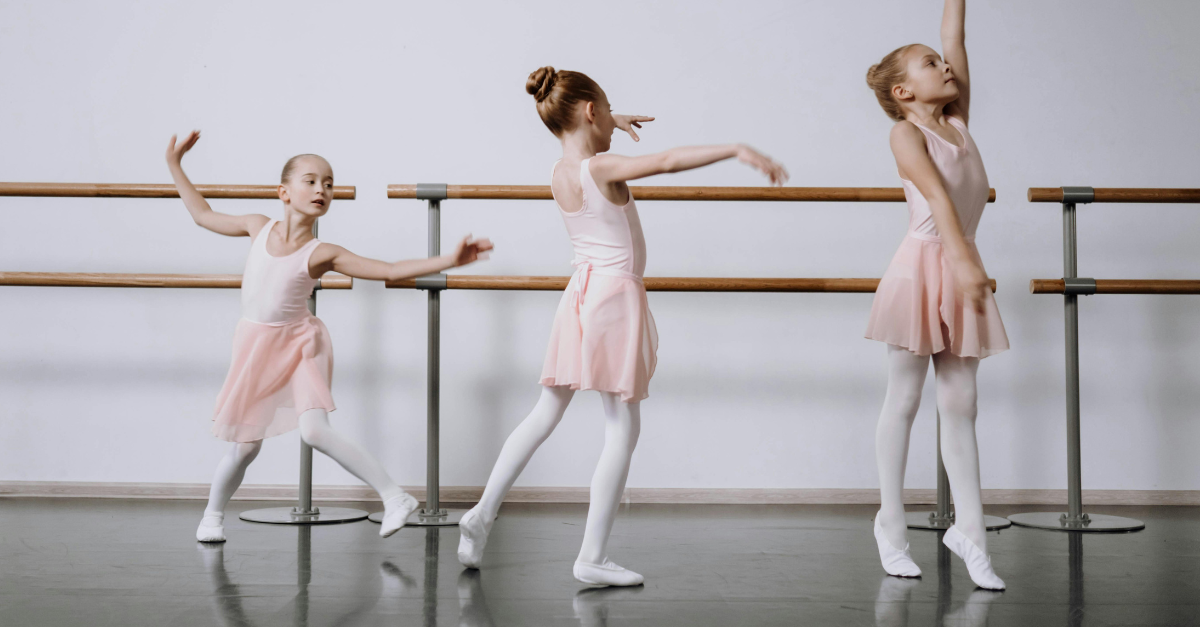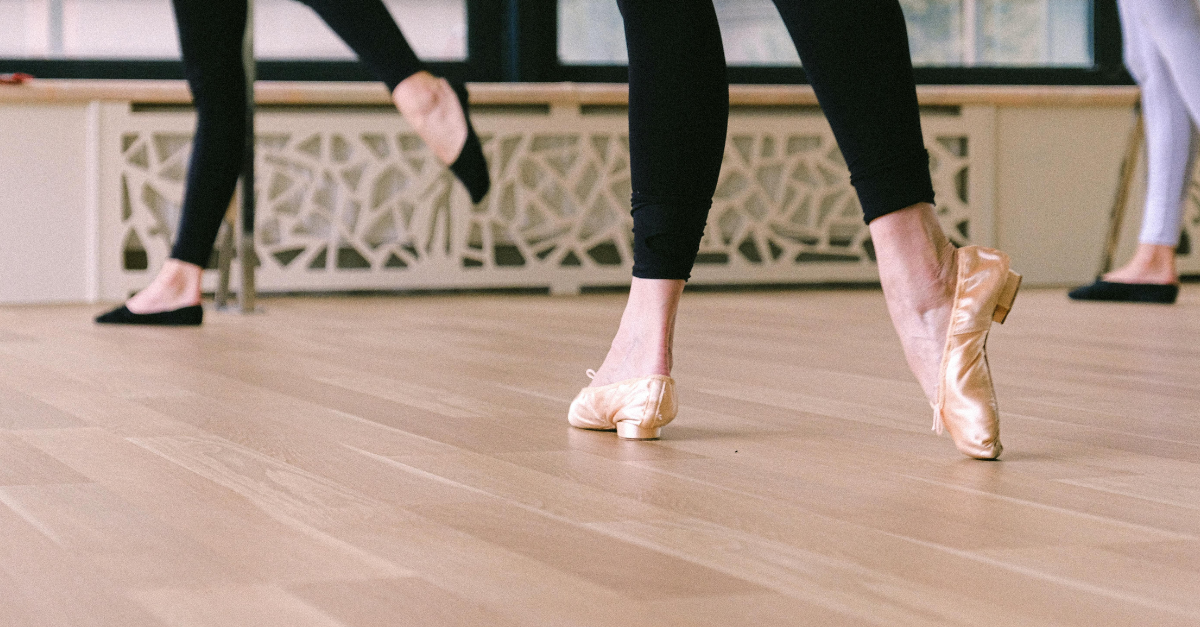Mythbusting: 4 Myths for Going En Pointe
Sunday, May 12, 2024
Aspiring ballet dancers, or those interested in the artform, you may be asking yourself, "what does it really take to go en pointe?". It is no doubt that discipline, commitment, and mental maturity are a must, however, when simply considering that en pointe means "on the tips of your toes", it is safe to say that the weight of your entire body must rely on the strength of 10 toes and everything that precedes it.
The International Association for Dance Medicine and Science (IADMS) outlines guidelines for dancers to follow as a criterion to begin pointe work. It is important to consider these guidelines as just that, guidelines as each dancer must consider their own anatomical and biomechanical differences. Keep reading to learn about the four myths for going en pointe.
Myth 1: It's not just about chronological age:
The most recent guidelines from the IADMS recommend that dancers should not progress to pointe work before age 12. At 12 years of age, dancers’ bones are mature enough to withstand the demands of pointe work. Although, skeletally not fully mature until 14 years of age, a females' foot and body will have gone through its most significant growth phase at 12 years. However, it is noted that chronological age does not necessarily correlate with skeletal maturity, nor does it indicate the amount of strength and ability of dancers at this age. These variables depend on the age of onset of puberty, the amount of time devoted to training, the individual’s level of mental maturity, their anatomical differences, and technical capabilities. Once all this is considered and noted to be satisfactory, then from age 12 a dancer can begin pointe work.

Myth 2: Foot and ankle strength alone is not sufficient for safely going en pointe; dancers need strength in their whole body:
Strength of the entire body will determine readiness for pointe as this facilitates a safe transition to pointe work. There is no question that dancers must have 'cast-iron' ankles, however, the strength of the core, trunk, rotators of the hips and legs are often neglected in preparation for going en pointe. Along with calf and foot intrinsic strength, control of turnout and correct abdominal activation play a major role in injury prevention en pointe including preventing lower limb tendinopathies and ankle sprains.

Myth 3: Flexibility is great, but hypermobility can be a problem:
We can all acknowledge that to go en pointe, a dancer must have sufficient flexibility of the ankle joint. However, considering the high prevalence of hypermobility in dancers, many dancers are at increased risk of ankle and leg injuries when going en pointe due to an excessive amount of flexibility at the ankle joint. In these cases, delaying pointe work for dancers with hypermobile feet and knees may be necessary to ensure adequate strength is gained through an individualised program focusing on the calves, quads and hamstrings.

Myth 4: Practice, practice, practice - there are no shortcuts:
Natural facility and talents will only get you 50% of the way when it comes to going en pointe. The IADMS suggests that ballet classes should be undertaken a minimum of twice per week and progression to pointe work should begin in the fourth year of training. Pointe work is discouraged for those who are not wanting to pursue a career into pre-professional or professional ballet.
So, if dancing en pointe is something you are aspiring to achieve, then ensure you look into getting a pointe assessment prior to going en pointe. These assessments will highlight areas to work on towards facilitating a safe transition to pointe work.
Book a pointe assessment at a convenient location or home physiotherapy service at Physio Inq McMahons Point today.
Source: https://iadms.org/media/5779/iadms-resource-paper-guidelines-for-initiating-pointe-training.pdf

